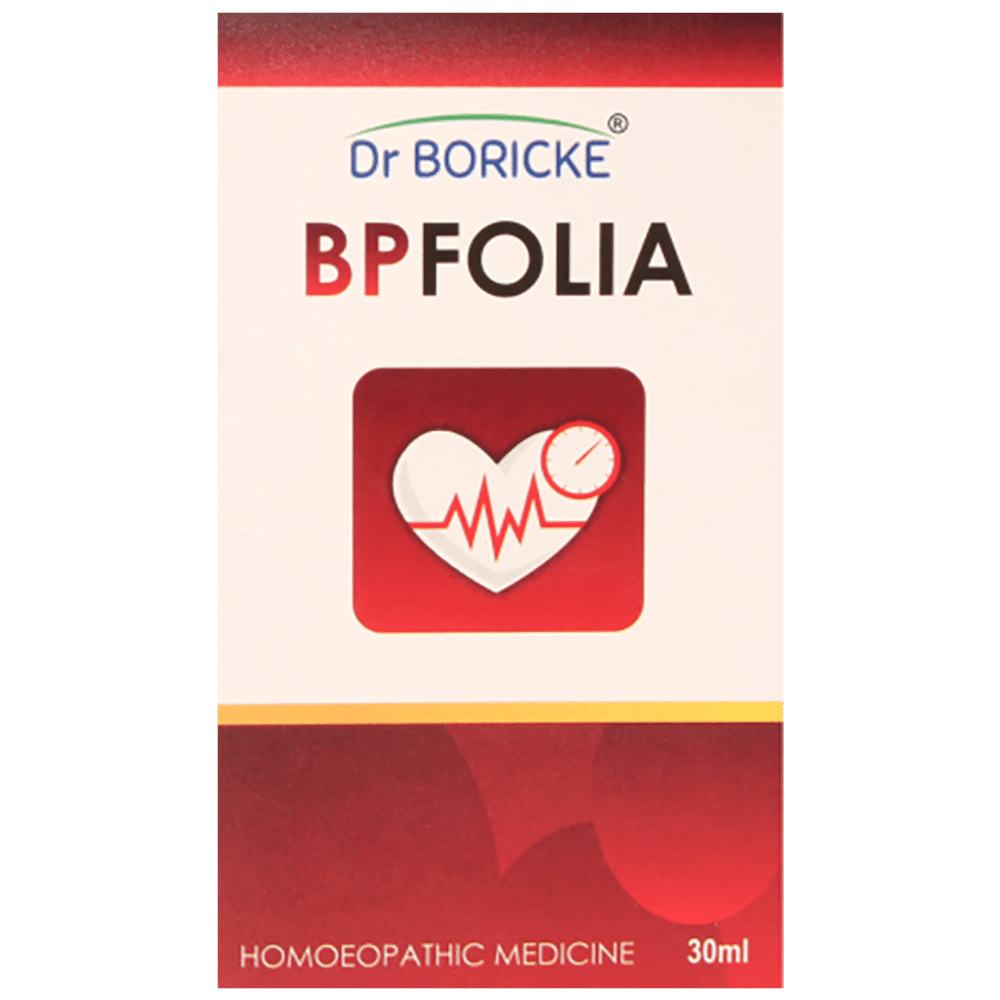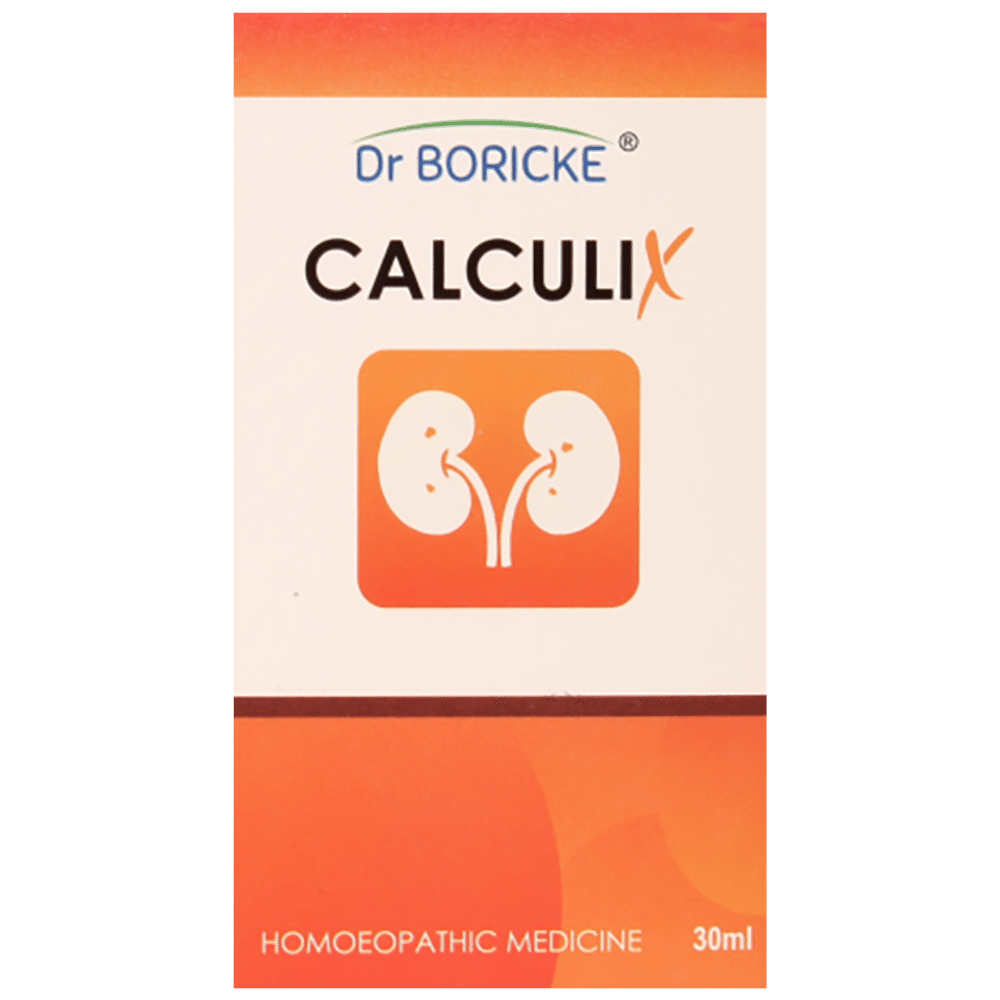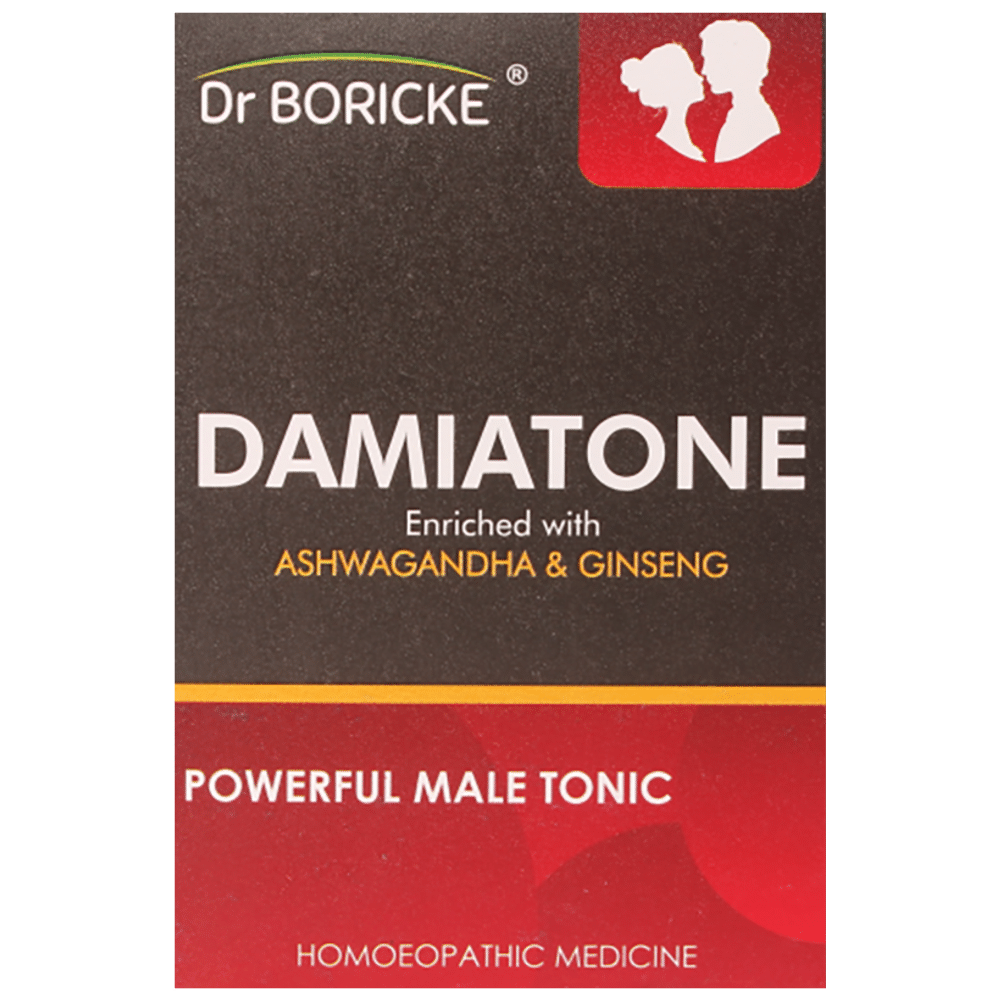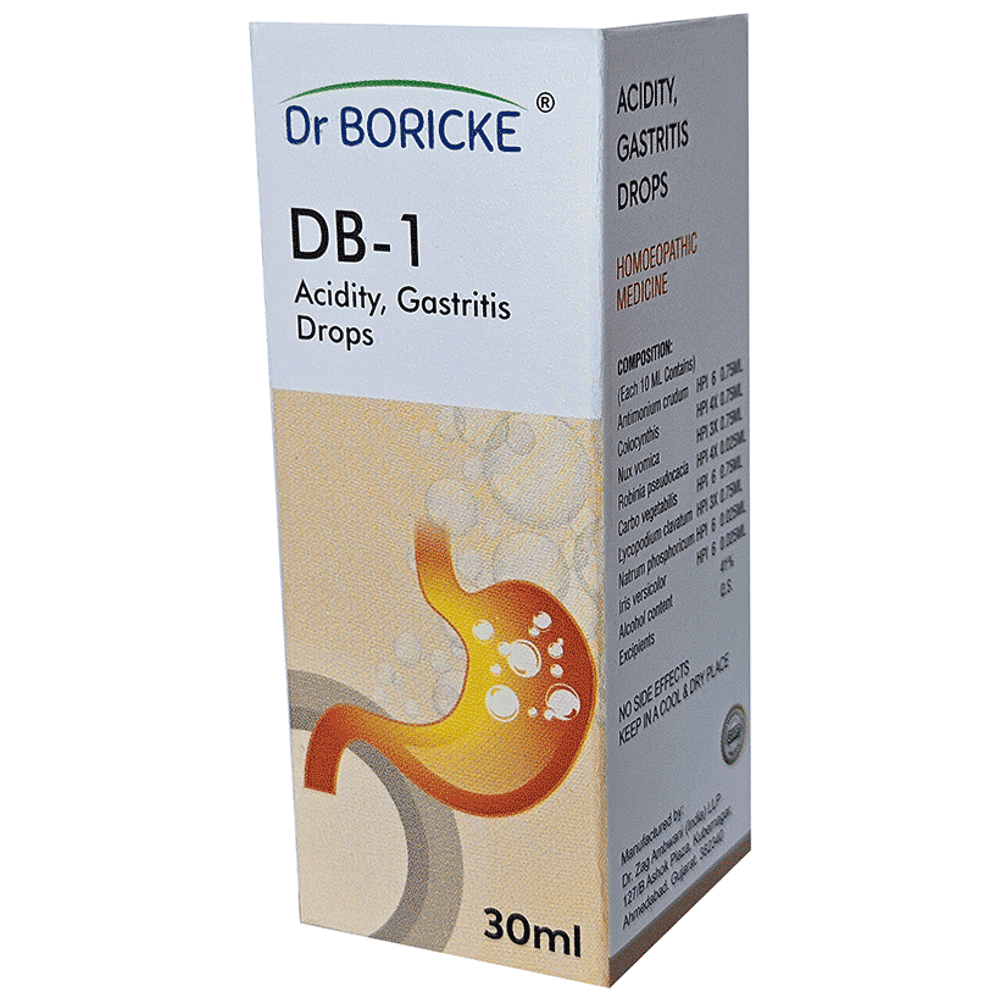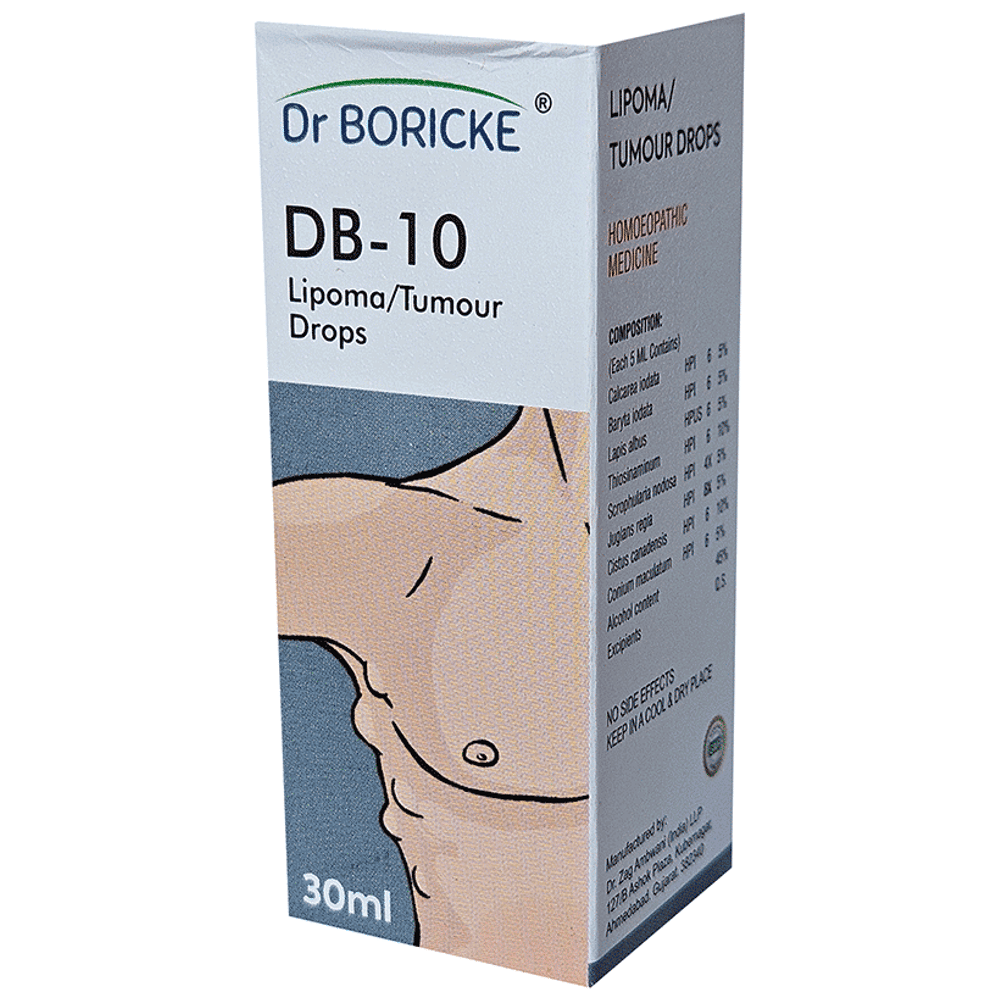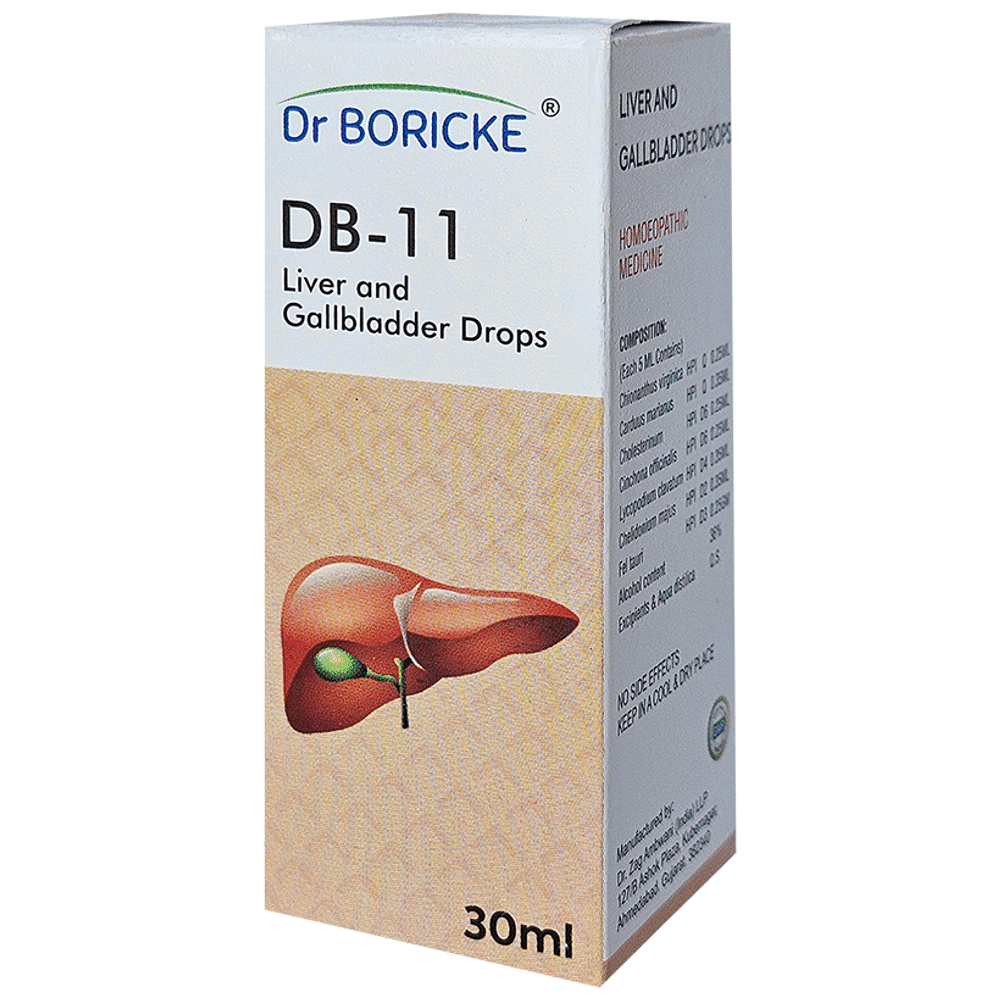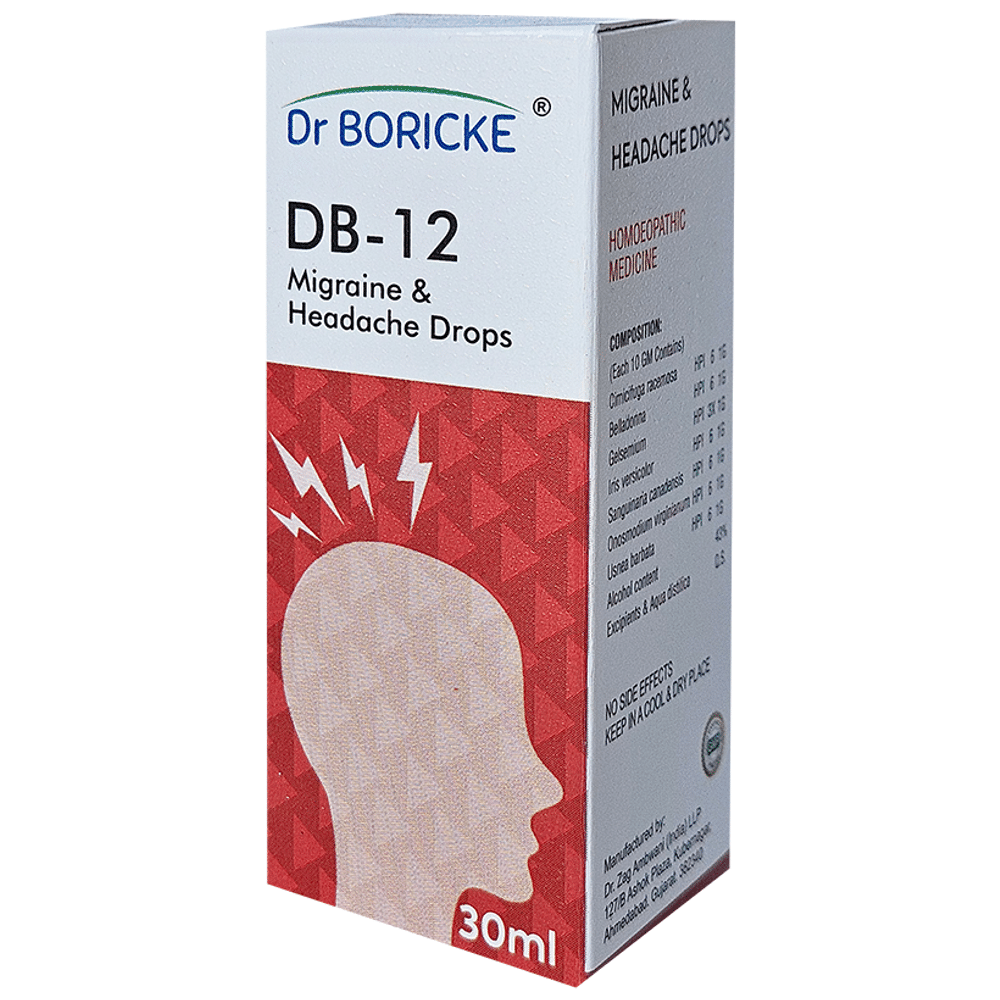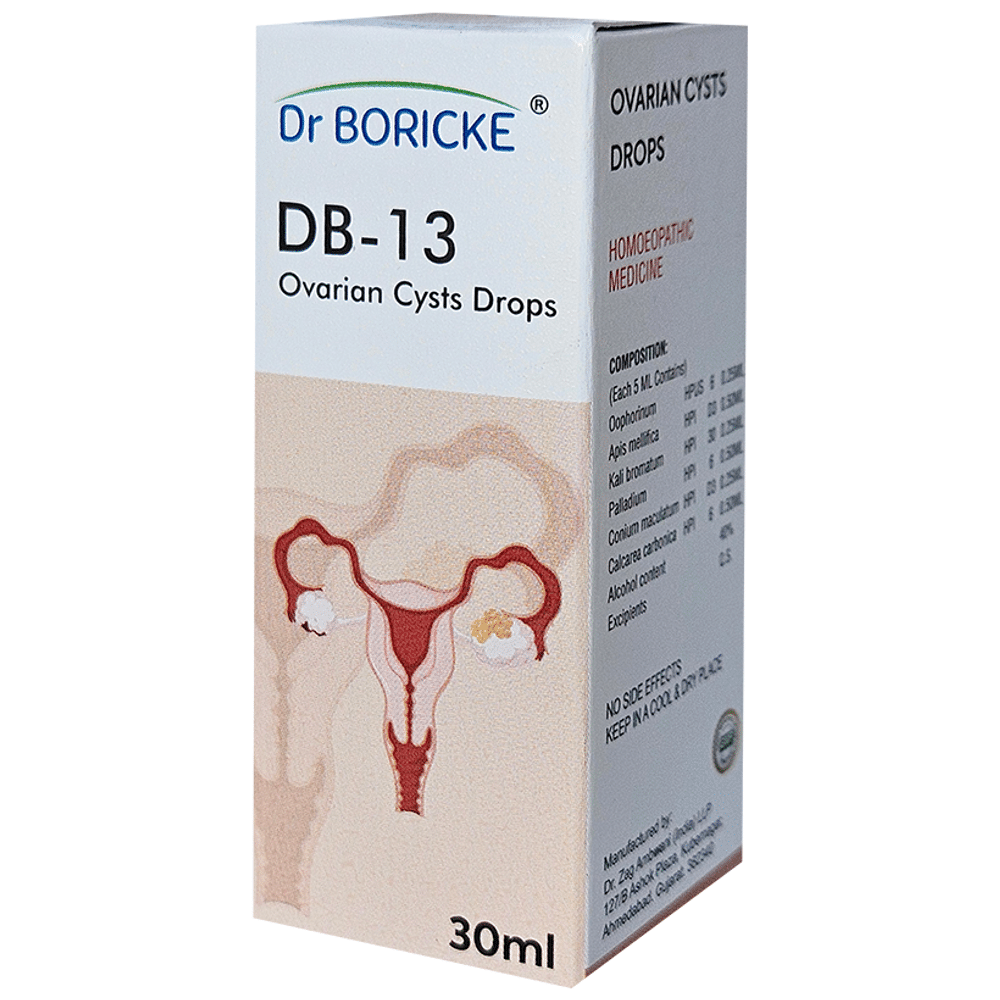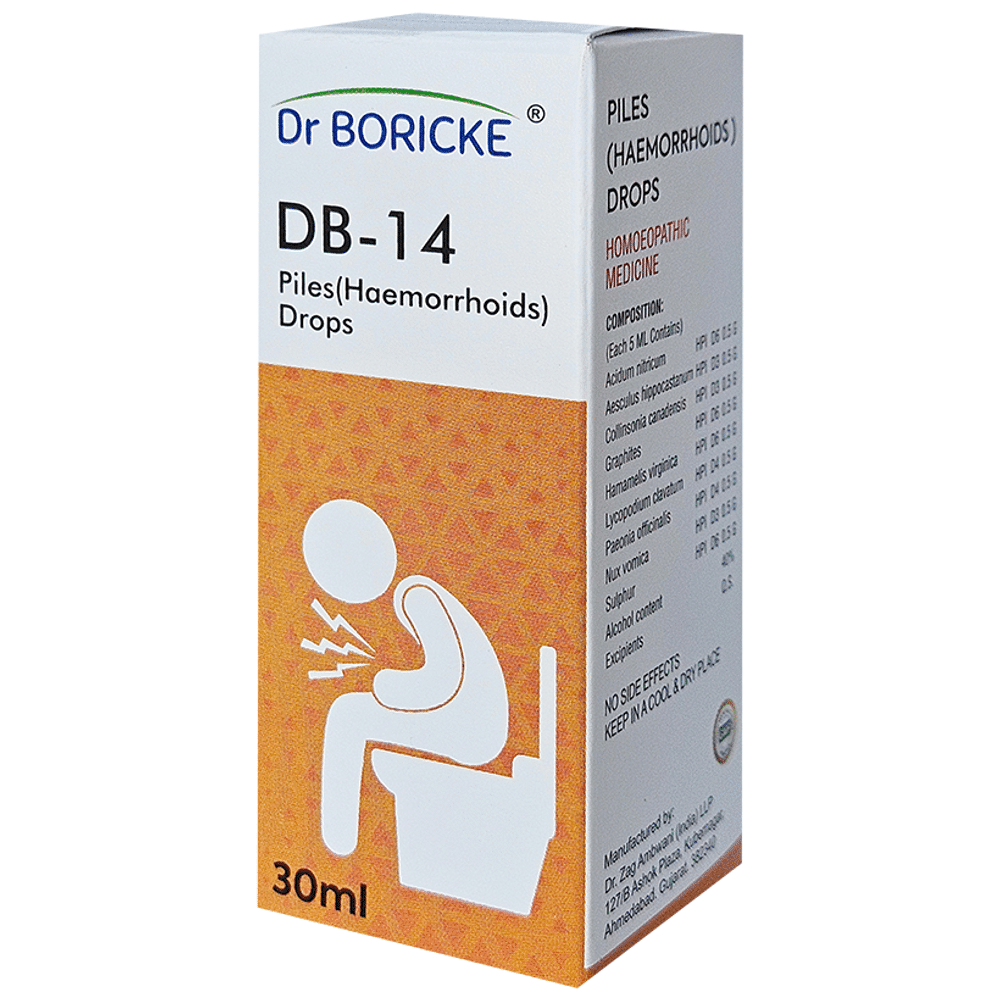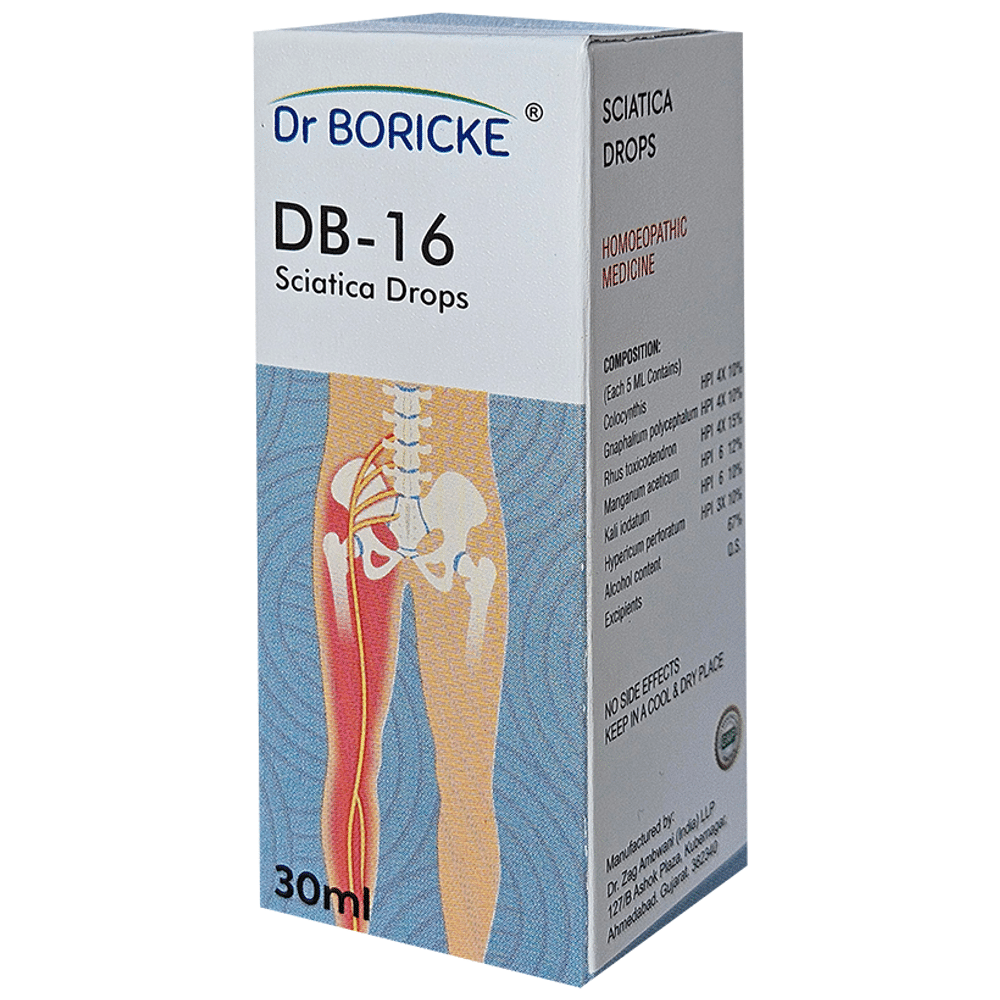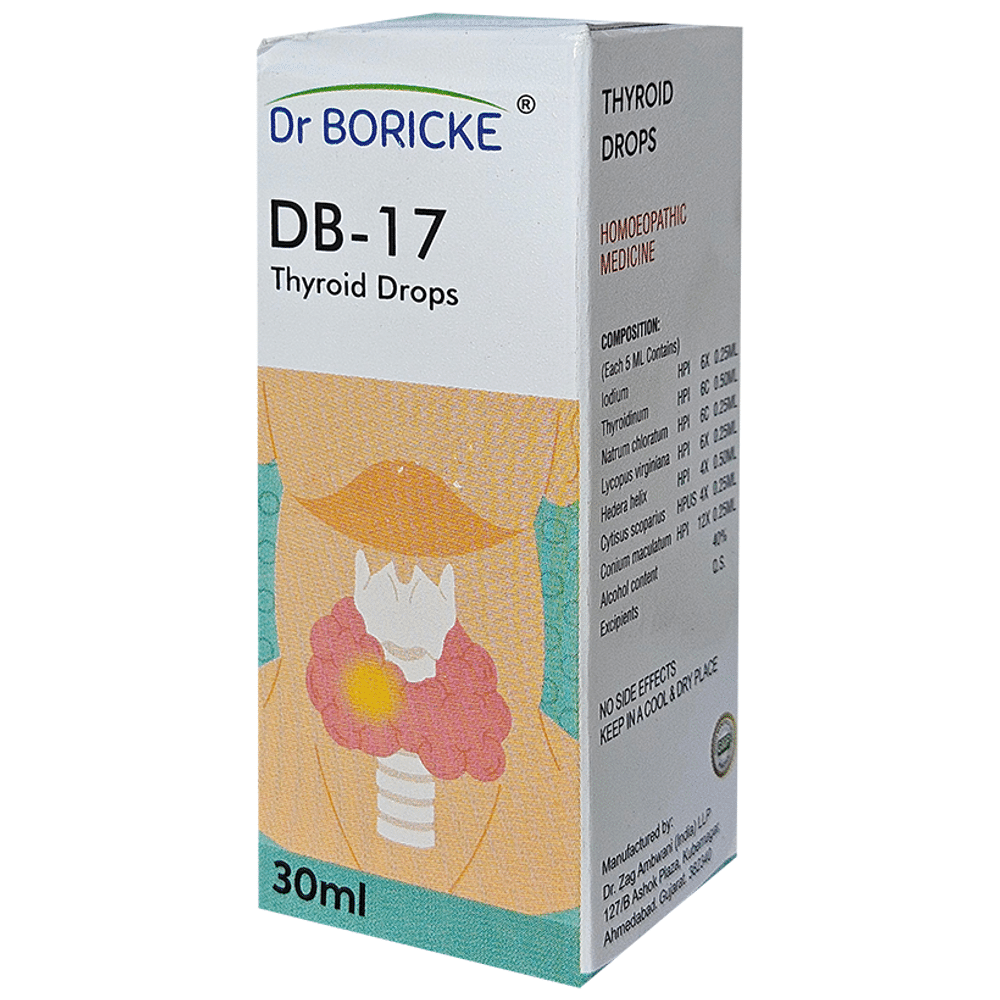
Homeopathic Remedies to reduce muscle pain
Homeopathic medicine offers an alternative to treating arthritis and other body discomforts with natural remedies. Although doctors may prescribe prescription drugs and stronger treatments for joint pain but there are also alternative remedies that are homeopathic. If you're in search of remedies that are homeopathic for joint and muscle pain, you're at the right spot. Homeopathic medicine to reduce muscle pain
A list of remedies to ease muscle pain.
If you're struggling in pain, it's essential to understand which remedies homeopathic for joint and muscle pain will help you cope with it:
- Arnica
- Bryonia
- Calcarea Carbonica
- Pulsatilla
- Ledum
- Rhus tox
- Aconitum napellus
- Belladonna
- Calcarea phosphorica
- Apis mellificaArnica
Arnica
Arnica is an orange flower that appears like the appearance of a daisy. Also called the wolf, mountain arnica or leopard's bane The flower is found throughout Canada, East Asia, the USA and Europe frequently.
For centuries, a denatured form of arnica has been utilized to treat arthritis rheumatica, joint inflammation, muscle and joint discomfort, and many other conditions.
Similar to other substances utilized for homeopathic treatments it is administered in diluted form to help promote body's healing. It is given in the form of capsule, tincture, as a pill, or tincture. Whatever method of administration Arnica is among the best homeopathic remedies to treat joint and muscle pain. It helps reduce inflammation.
Bryonia
The plant is used as a homeopathic remedy in order to treat a range of ailments, including arthritis and fluid retention. There are many species belonging to the Bryonia family, Bryonia alba is the one that is used in natural tonics..
Calcarea Carbonica
It is among the most important homeopathic remedies that is effective in treating Rheumatoid arthritis, specifically the knee joint. It comes from the oyster's thin white layer. It's used to treat severe, severe pain in jointsthat is more severe in colder weather, and also when people get up from sitting.
Pulsatilla
Pulsatilla is a treatment used to combat Rheumatic pain which can move between joints in a random manner. Most of the time the pain manifests in the hips, knees and the heels.
Ledum
This homeopathic treatment is employed to treat arthritis that affects lower joints, and can also affect the higher joints. The pain that is treated with Ledum typically begins from the toes and spreads out to the ankles , and then the knees. The joints are known to make cracking sounds , and are often painful and hot.
Rhus tox
This homeopathic remedy is ideal for pain and inflammation in the musclesthat is felt when you move and then improves with slow movements. It is typically related to the recovery of muscles that are sore from weightlifting.
Aconitum napellus
This remedy from plants is great for the pain and inflammation caused by exposure to cold and wind. If you suffer from joint pain or extreme joint pain it is among the remedies that homeopathy can help look into.
Belladonna
Belladonna can be used for treat the swelling and tenderness of joints. It is effective on stiff joints that are painful and painful. They are red, inflamed and hot.
Calcarea phosphorica
This remedy eases the stiffness and pain in joints due to cold or drafts. Most often, patients will experience pain in the bones, fatigue and experience a worse feeling when they work.
Apis mellifica
Homeopathic remedies are great for joint pain that manifests irritation, stinging pain, as well as cold and hot compresses.
What are the signs and symptoms of joint and muscle discomfort?
The pain and inflammation of muscles and joints result from wear and tear on muscles or excessive pressure placed on joints. When these two events occur and the patient suffers, he or she will likely experience various symptoms, including:
- Chronic pain
- Swelling
- Muscle cramps
- Joint immobility
- Joint deformity
What causes the causes of muscle cramps?
Muscle cramps can be a hindrance to living the normal life. There are several reasons for cramps, however, the most common cause is dehydration. Patients suffering from this issue have a hard to complete their tasks. If you're having muscle cramps that persist, Homeocan's products provide the ideal solution to your situation.
Differentialities between joint and muscle pain
Since muscle and joint pain can affect the same areas of the body, it can be difficult to distinguish the two. But, we can assist you distinguish between the two kinds of pain and help you figure out which one to treat the best.
Muscle Pain
Muscle pain is a problem that affects the muscles in the human body . It result from repetitive stretching or abrupt movements. This is usually the case during vigorous exercises like sports. Muscle joints are more painful when muscles aren't utilized to this type of motion.
Muscle pain can manifest as pain, cramp, or ache. It is caused by inflammation of the muscles. You won't experience any discomfort during rest and you will experience it while working your muscles. In the event that your inflammation becomes extreme and you are suffering from it, you might find it difficult to move the affected limb for a specific time. The pain can last from between a few seconds and several months depending on whether it's like a simple cramp or a more severe break in the muscle.
Joint Pain
However joint pain is what you feel when your body is in a static position in contrast to muscles pain. The aging of your body is usually the trigger for this kind of discomfort.
Joints connect bones and protect them from harm like hits. The joints are protected by cartilage, with ligaments that join the bones as well as synovial fluid which helps to promote movement and fluidity. However, as we age, our bodies and as it does it deteriorates the joints as well. This means that bones are less secure as we age which results in discomfort and pain at joints like elbows, ankles, and wrists.
It's normal to experience joint pain to occur sometimes without reason. However, these symptoms disappear within a few days. In other instances, particularly in trauma, pain could persist for months or weeks.

